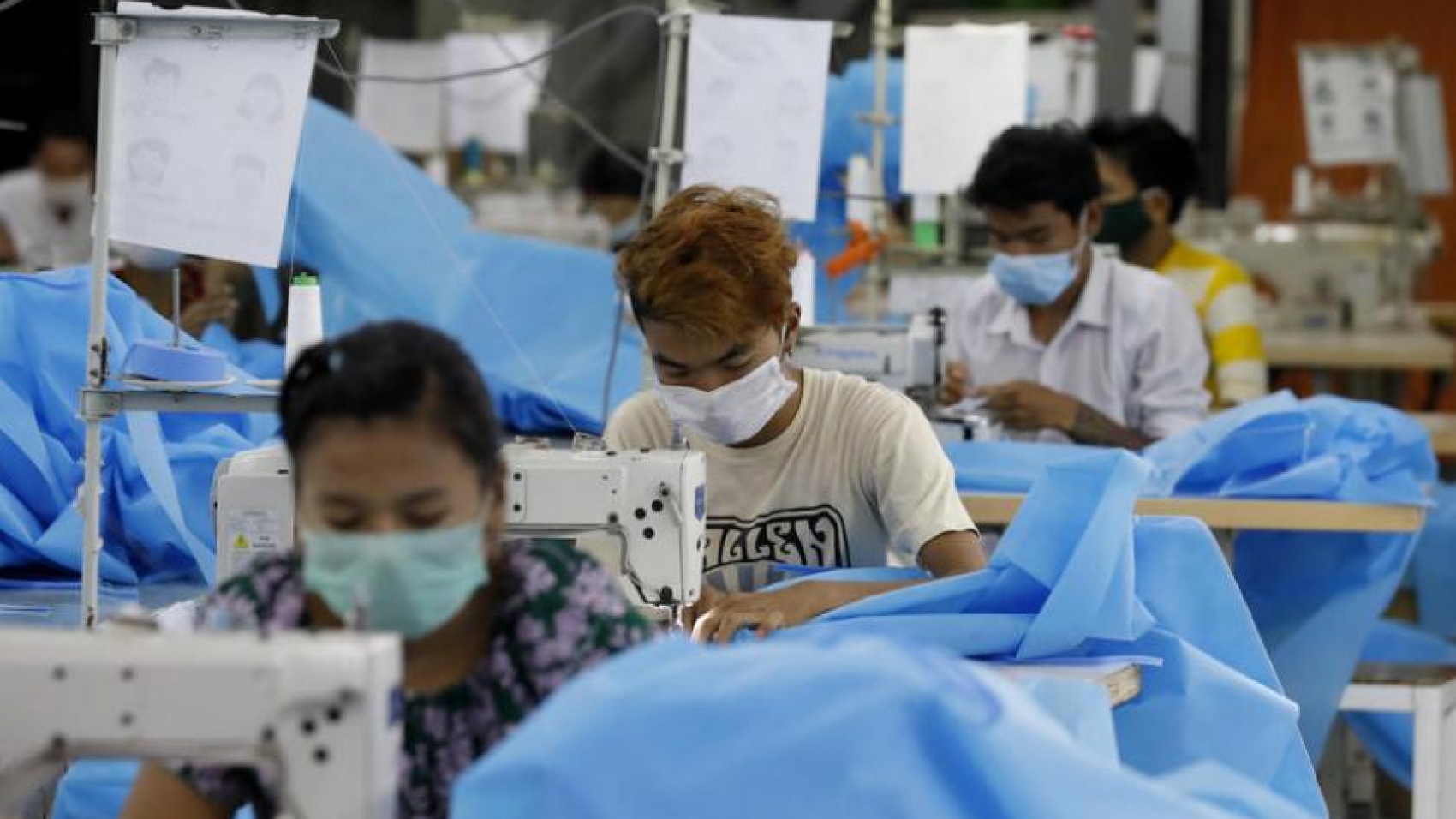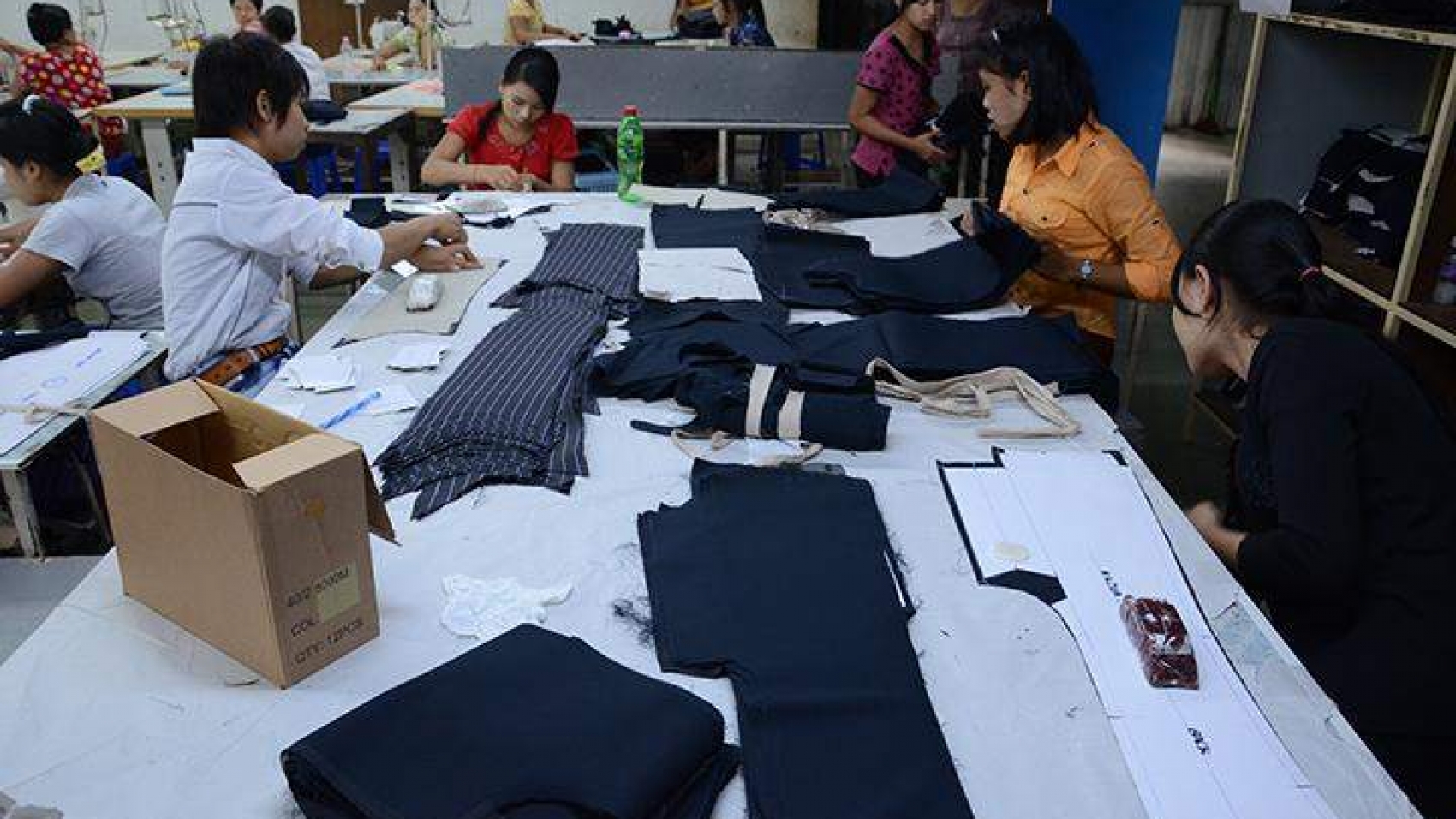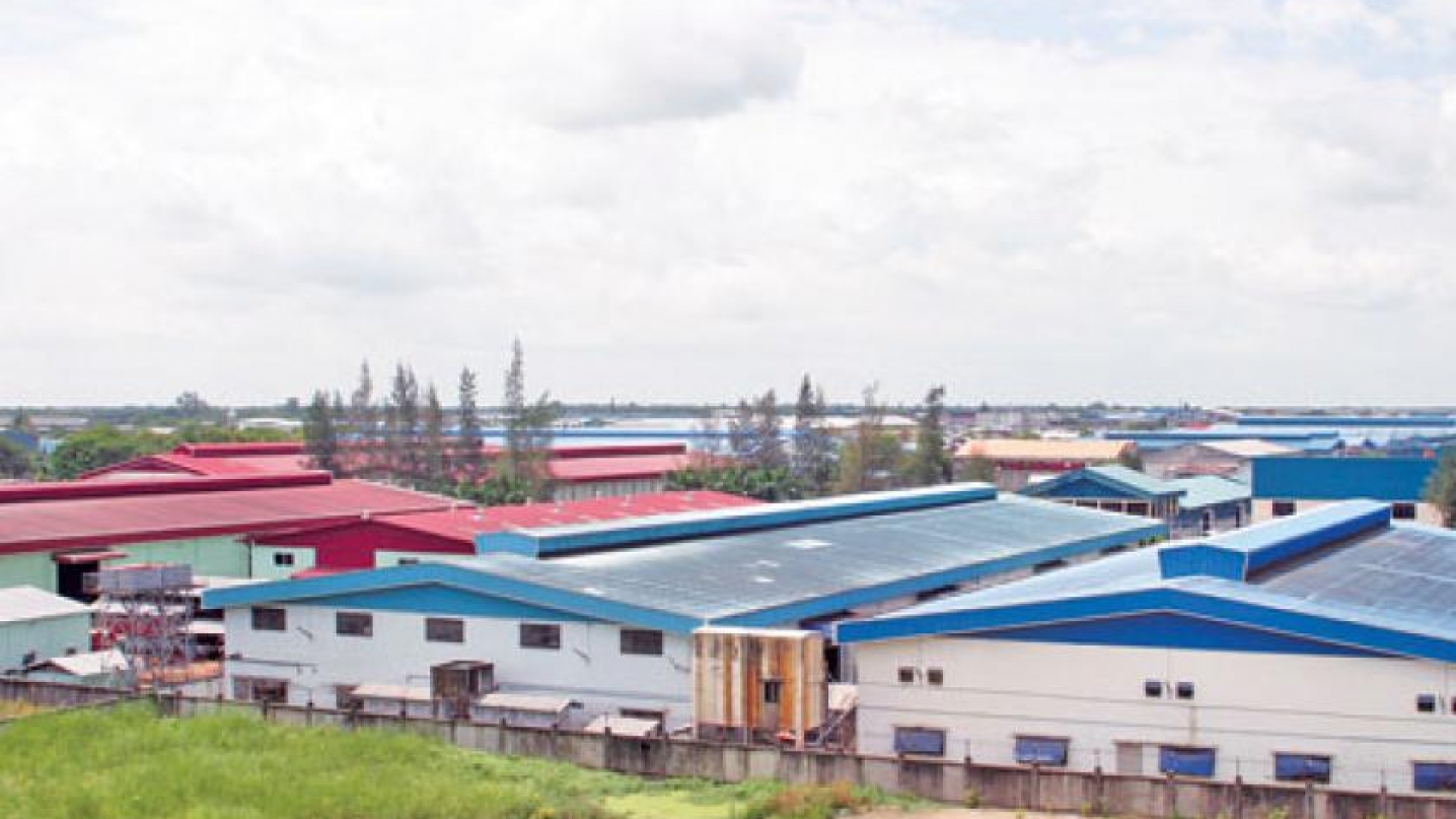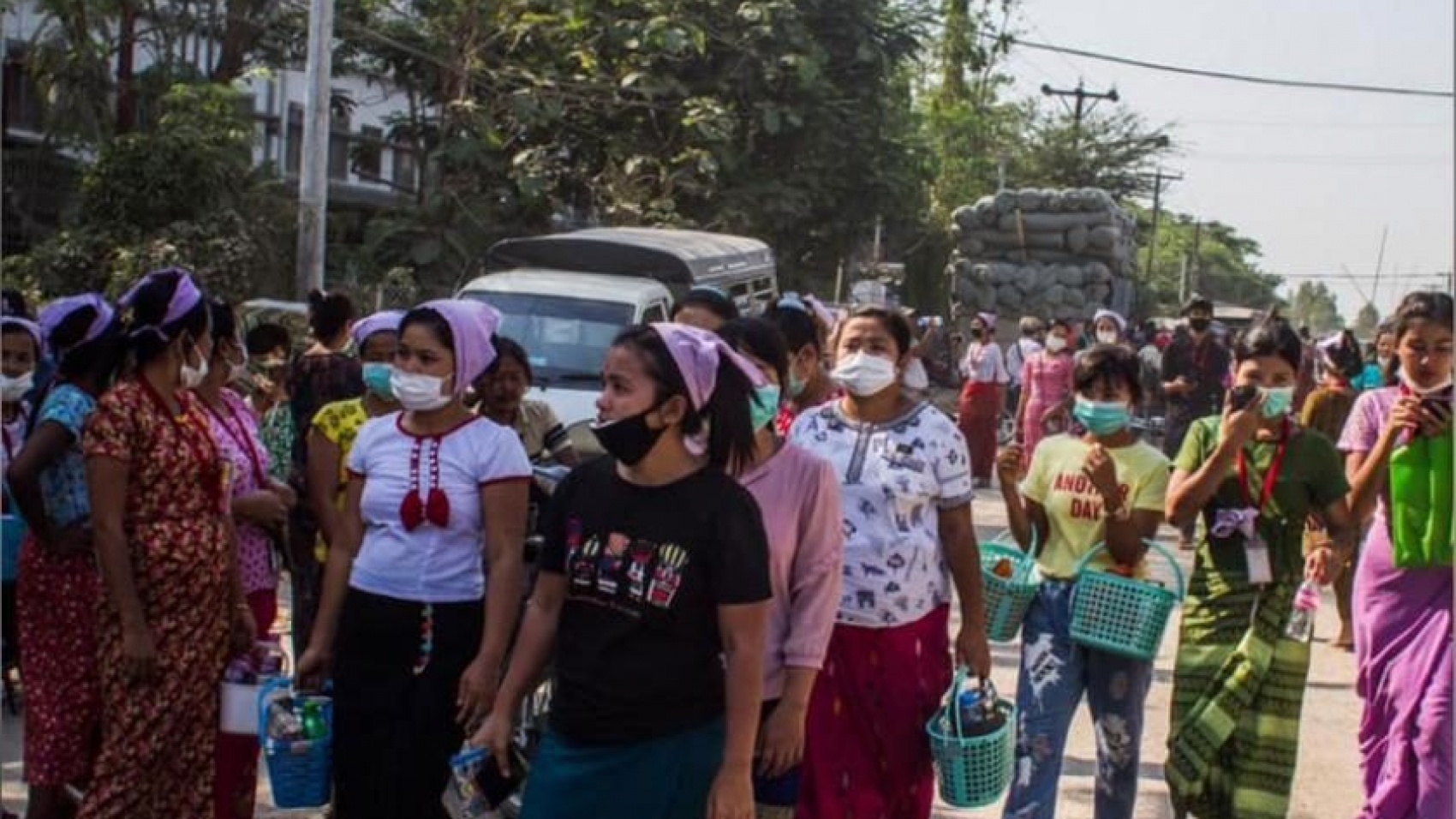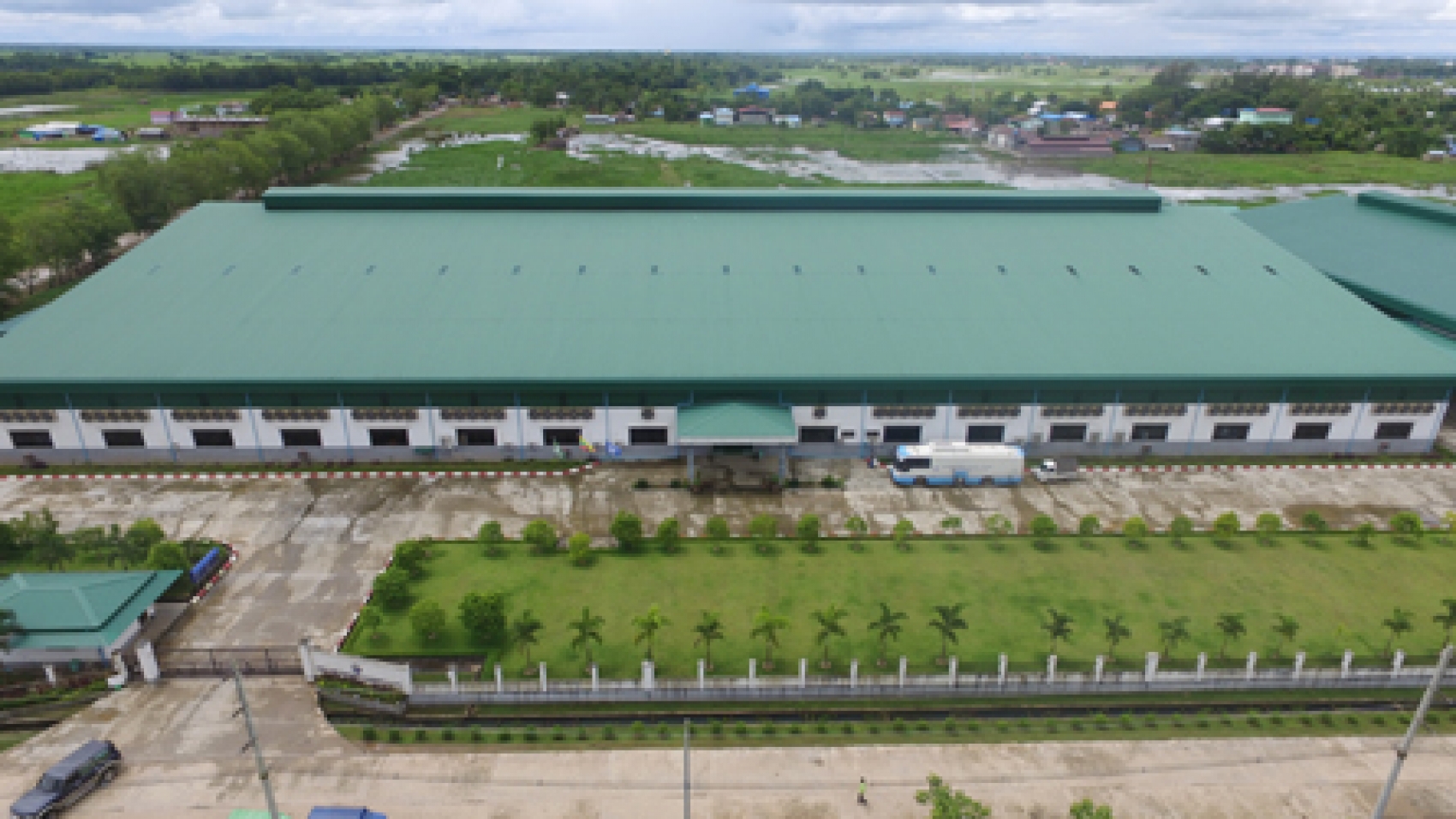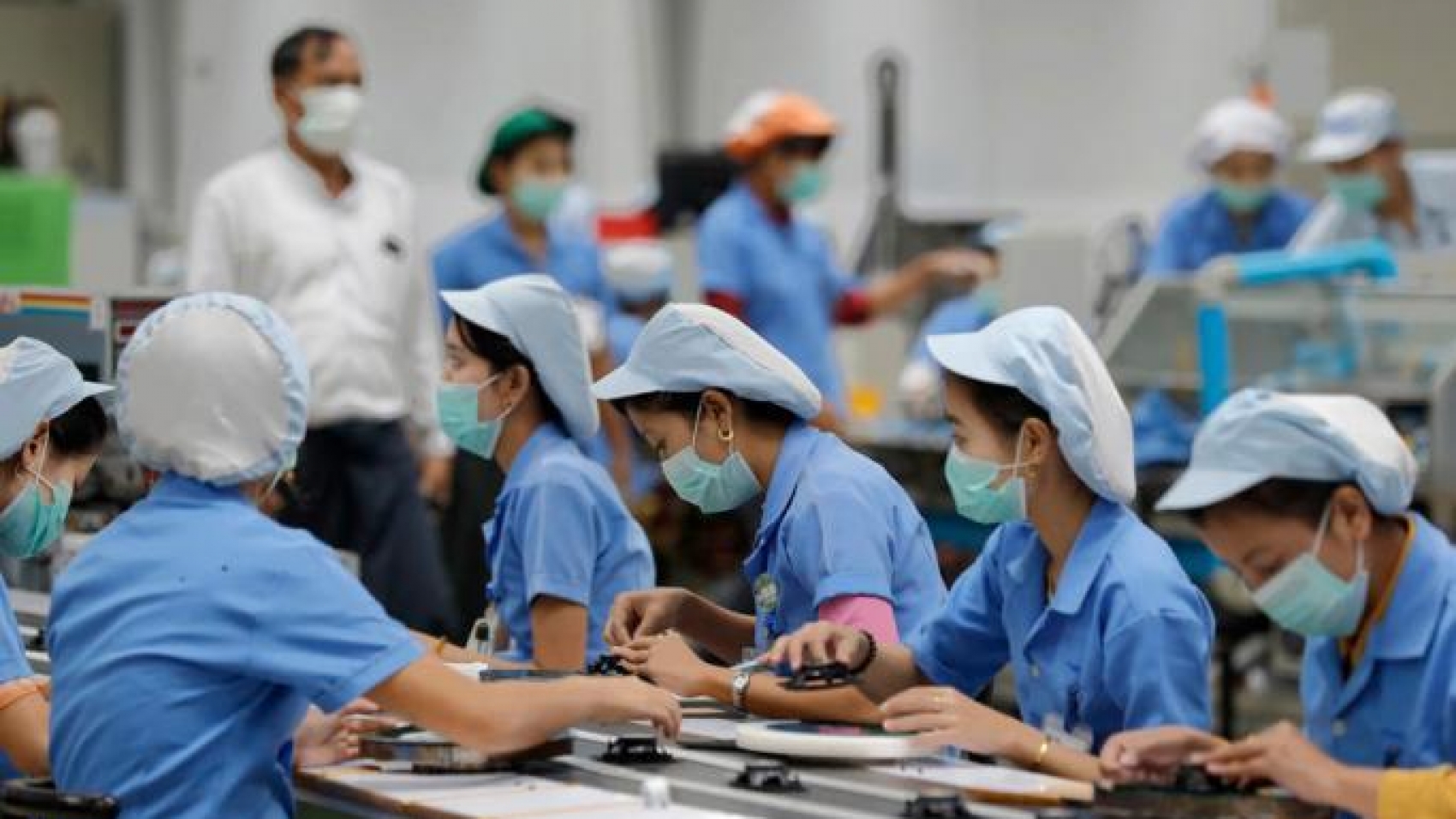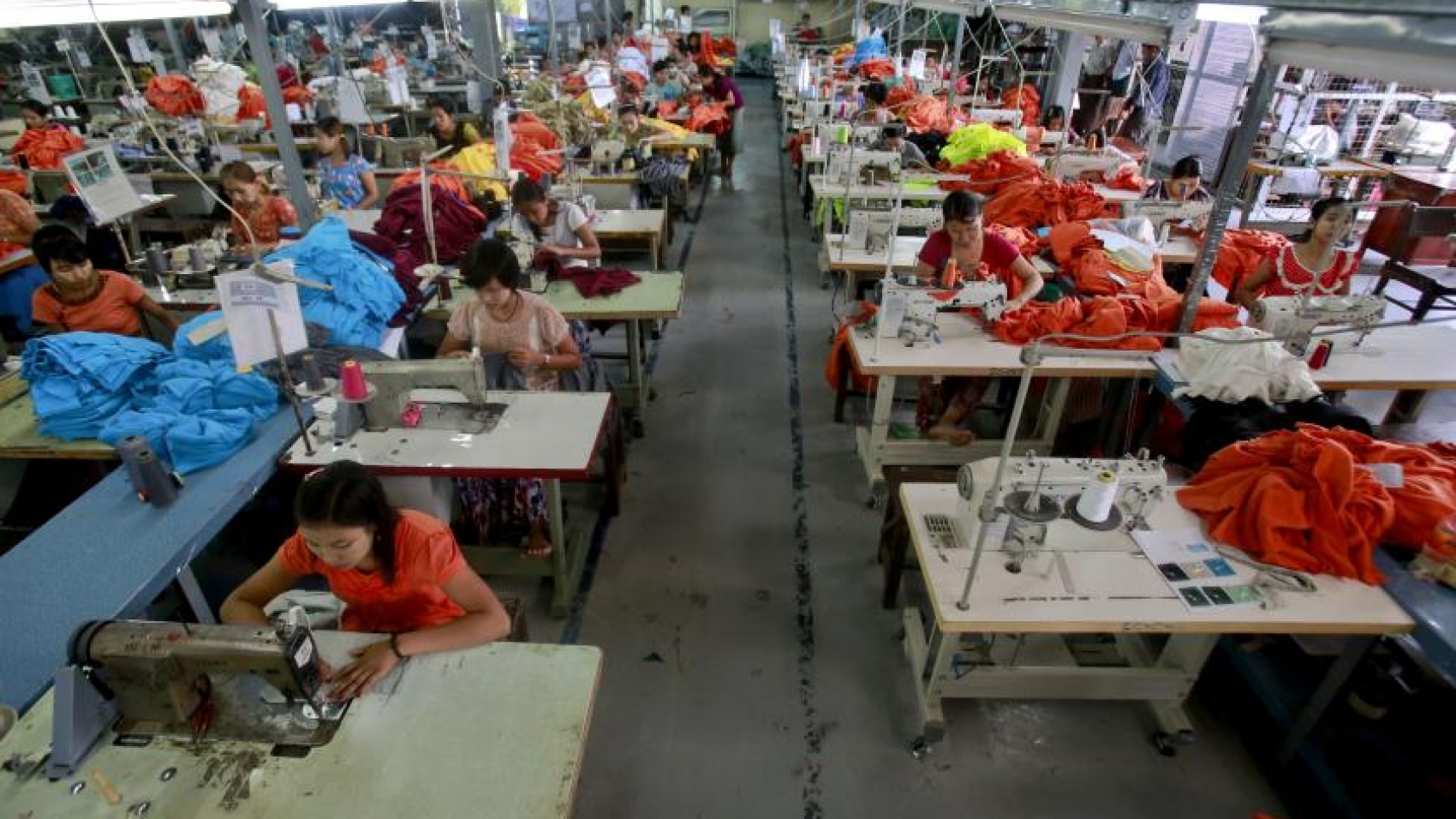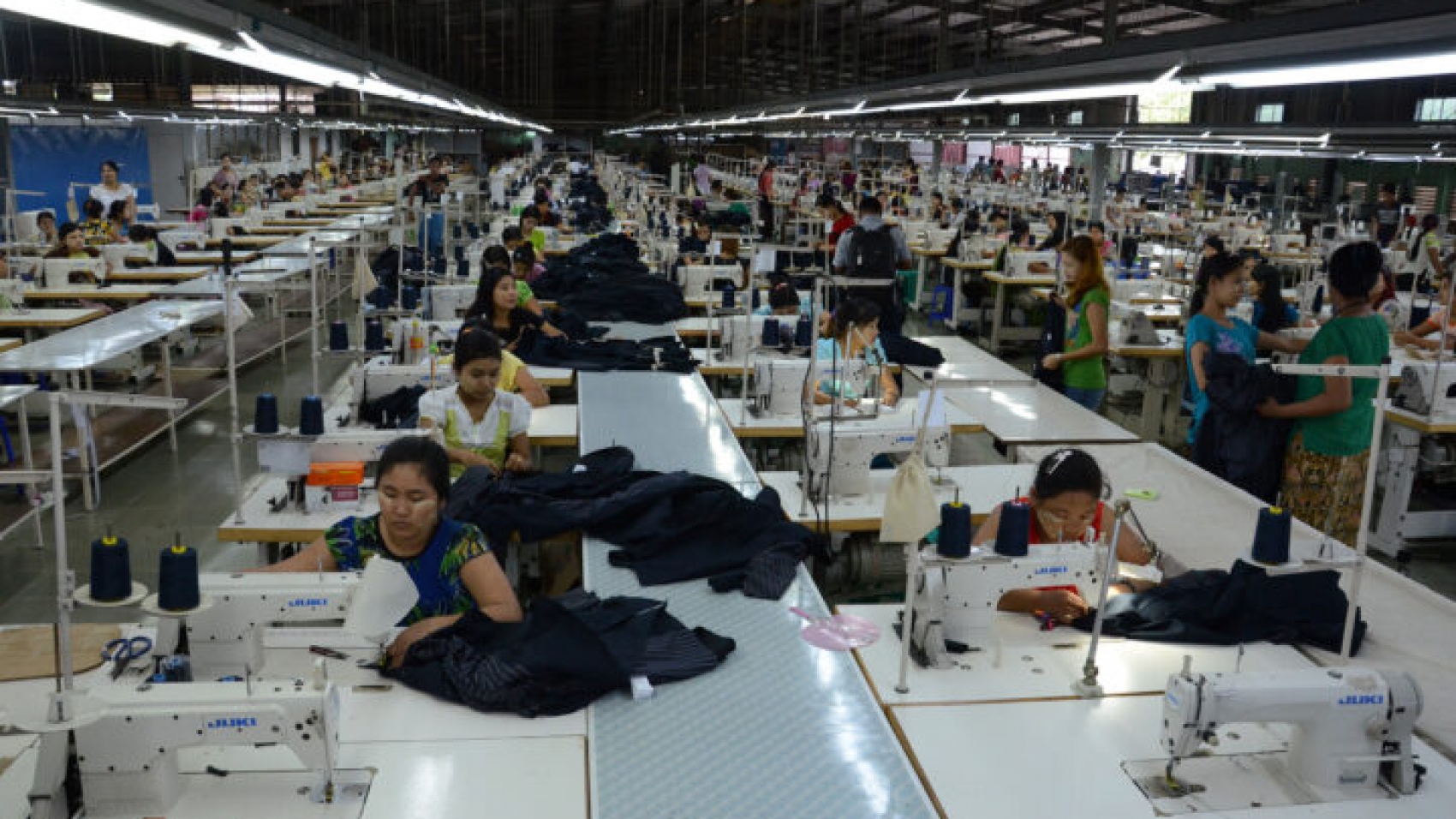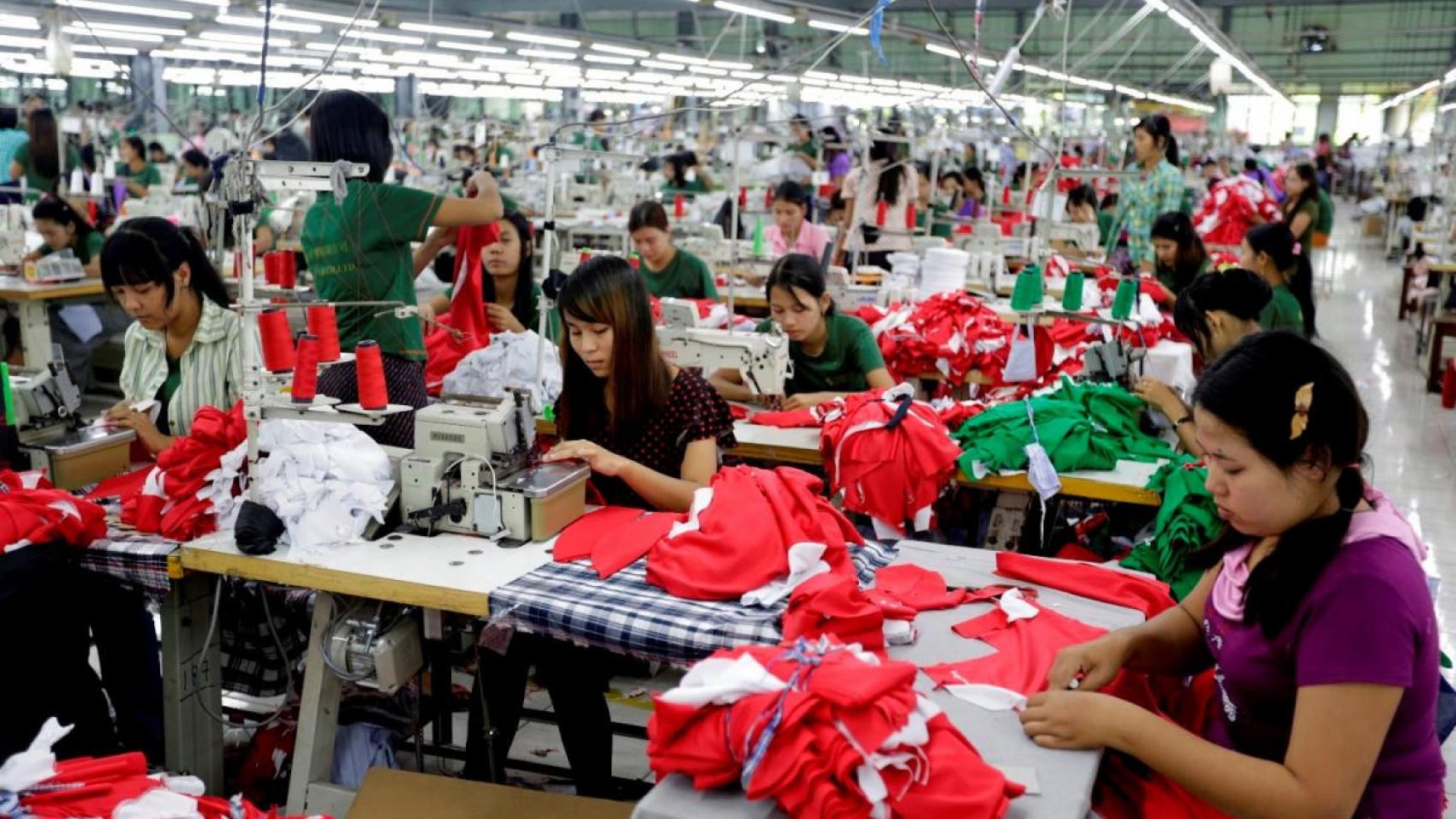Imports of raw materials by CMP (cut-make-pack) businesses has touched a low of US$1.18 billion as of 9 July in the current financial year 2020-2021. It reflects a decrease of $531 million compared with the year-ago period, the Ministry of Commerce stated. The figures plunged from $1.7 billion registered in the last FY2019-2020, the Commerce Ministry’s data indicated. Myanmar’s garment exports witnessed a decline of over 20 per cent in the past eight months (October-May) of the current financial year 2020-2021 compared with a year-ago period on the back of a slump in demand by the European Union market. The raw materials import by the CMP businesses fell simultaneously, stated the Ministry of Commerce. Exports of garments manufactured under the cut-make-pack (CMP) system were valued at US$2.2 billion between 1 October and 28 May in the current FY, according to data from the Ministry of Commerce.
The figures plunged from $2.7 billion in the corresponding period of the last FY2019-2020. The garment industry is facing cancellation of the order and a slump in output, new orders. However, The Swedish fashion retailer H&M is gradually placing orders from Myanmar again after it paused in March. Then, more international fashion retailers such as Primark and Bestseller starts to resume new orders. Additionally, Germany will also continue its support for Myanmar garment businesses so that Myanmar women can continue their livings, Germany Embassy Yangon’s Facebook posted. Nonetheless, the COVID-19 infections are spiking in the country, and all the CMP factories are temporarily closed down during the official public holidays (17-25 July). The garment sector is among the prioritized sectors driving up exports. The CMP garment industry emerged as a promising one, with preferential trade from Western countries.
Nevertheless, we cannot still expect normalcy for now due to the possible disruption in the logistics and supply sector and other serious consequences amid the political instabilities and the COVID-19 impacts, traders stressed. Myanmar Garment Manufacturers Association (MGMA) reported in the June newsletter that 502 factories are actively running the business. The factories include foreign investment, domestic investment and joint venture businesses. China constitutes a majority of the foreign investment with 267 factories. Myanmar’s manufacturing sector recorded an accelerated downturn in the previous months as political changes and the COVID surge led to factory closures. The layoff is extended, and some workers were forced to return to their hometowns. Turning to prices, higher material costs and unfavourable exchange rate movements contributed to a sharp increase in cost burdens, the HIS Markit stated.
More than 500 members and over 700 garment factories in Myanmar are listed on the MGMA, with about 600,000 workers. Women account for 95 per cent of workers in the garment industry. However, a third of garment industry workers are out of jobs in difficult times. Myanmar’s manufacturing sector is largely concentrated in garment and textiles produced on the Cutting, Making, and Packing basis. It contributes to the country’s GDP to a certain extent. Myanmar mainly exports CMP garments to markets in Japan and Europe, along with the Republic of Korea, China, and the US. The export value of CMP garments was only $850 million in the 2015-2016FY, but it has tripled over the past two FYs. In the 2016-2017FY, about $2 billion was earned from exports of CMP garments. The figure increased to an estimated $2.5 billion in the 2017-2018FY and $2.2 billion in the 2018 mini-budget period (from April to September). It tremendously grew to $4.6 billion in the 2018-2019FY and $4.8 billion in the 2019-2020FY, according to the Commerce Ministry.
Source: The Global New Light of Myanmar

